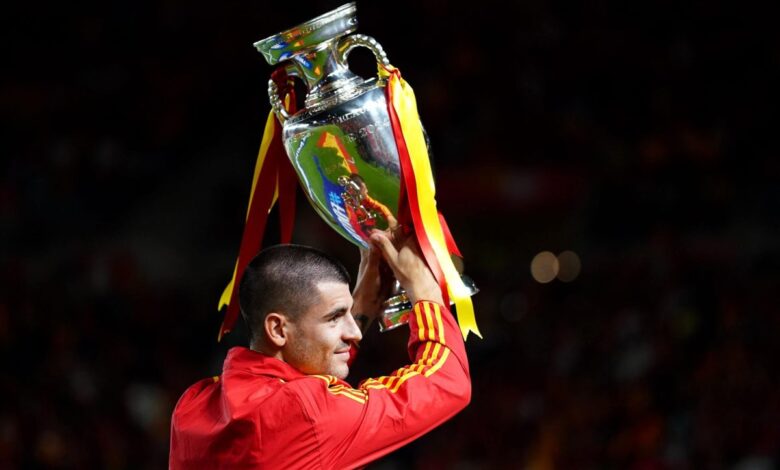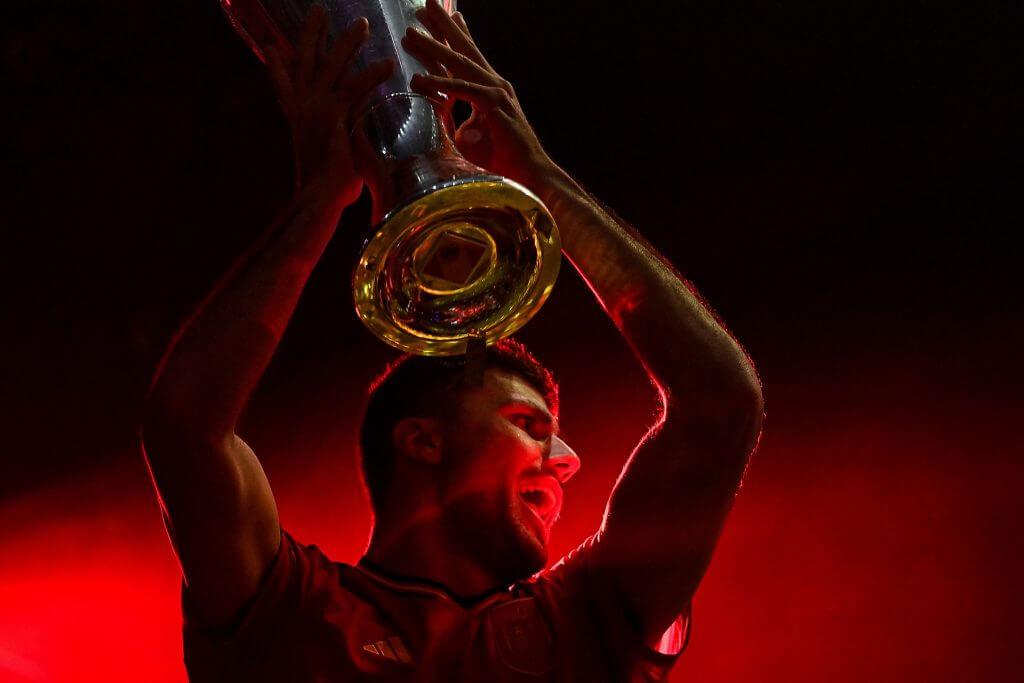The 2025 Nations League: New structure, how it impacts the World Cup and what’s left to compete for

Thomas Tuchel will make his England managerial debut this international break — with his new team playing in 2026 World Cup qualifiers against Albania and Latvia. However, there is also a Nations League campaign still ongoing in Europe.
In this edition, the structure of the Nations League has changed — there is a new round of quarter-finals in its top tier, as well as promotion/relegation play-offs involving all four levels.
According to UEFA, these changes were designed to create “continuity between the group phase ending in November and the finals played in June”. In plainer English, it means a round of knockout football in the March international window.
It also means more jeopardy. The second-placed teams from the group phase in the second and third tiers (and second in the fourth) now have the chance of earning promotion by beating nations who came third or fourth in the level above.
Remind me, what stage of the Nations League is this?
The 2024-25 edition kicked off in September last year and runs up to the final in June. In the group phase, 54 teams were spread over four tiers — labelled A to D — and then further split into four pools of four in Leagues A, B and C and two three-team ones in League D.
The group phase then played out in September, October and November. First-placed teams in Leagues B, C and D earned promotion for the next playing of the Nations League in 2026-27, while those finishing last in A, B and two of the four pools in tier C were relegated. Some remained in their league while others secured a place in either the quarter-finals or play-offs.
A round-up of who finished where can be found here.
Austria face Serbia in the play-offs (Christian Bruna/Getty Images)
Who is in the play-offs?
There are promotion/relegation home-and-away ties between the third-placed teams of League A and the runners-up in League B, the third-placed teams of League B and runners-up of League C and two of the fourth-placed teams in League C and both runners-up of League D.
Belgium, who are eighth in the FIFA world rankings, could drop to League B if they don’t beat Ukraine over two legs. Scotland are also vulnerable to dropping to the second tier against Greece while the Republic of Ireland are at risk of relegation to League C when they face Bulgaria.
The full list of fixtures are:
Thursday, March 20
League A/B play-offs
Turkey vs Hungary
Ukraine vs Belgium
Austria vs Serbia
Greece vs Scotland
League B/C play-offs
Kosovo vs Iceland
Bulgaria vs Republic of Ireland
Armenia vs Georgia
Slovakia vs Slovenia
Sunday, March 23
League A/B play-offs
Hungary vs Turkey
Belgium vs Ukraine
Serbia vs Austria
Scotland vs Greece
League B/C play-offs
Iceland vs Kosovo
Republic of Ireland vs Bulgaria
Georgia vs Armenia
Slovakia vs Slovenia
Thursday, March 26, 2026
League C/D play-offs
Gibraltar vs Latvia
Malta vs Luxembourg
Tuesday, March 31, 2026
League C/D play-offs
Latvia vs Gibraltar
Luxembourg vs Malta
And what about those quarter-finals?
The top two teams in each of the four League A groups have advanced to the final eight.
These quarter-finals, also taking place over two legs, are:
Thursday, March 20
Netherlands vs Spain
Croatia vs France
Denmark vs Portugal
Italy vs Germany
Sunday, March 23
Spain vs Netherlands
France vs Croatia
Portugal vs Denmark
Germany vs Italy
What happens next?
In the previous playing of the Nations League in 2022-23, the teams finishing first in the League A groups progressed straight to the final four but this time they are facing the top tier’s runners-up in home-and-away quarter-finals, with the winners of those ties qualifying for a four-team tournament in June.
The Nations League finals, played as single-leg knockout games, will be hosted by the winners of the quarter-final between Italy and Germany, with semi-finals on June 4 and June 5, then a third-place play-off and the final both on June 8.

Rodri celebrates Spain’s Nations League final win in 2023 (Oscar del Pozo/AFP via Getty Images)
What do the winners receive and who are the favourites?
As well as the trophy itself, there is significant prize money on offer. For the last campaign two years ago, winners Spain were handed €10.5million (£8.8m, $11.4m at the current exchange rates) and runners-up Croatia received €9m.
Spain are in contention for the finals again after dominating group A4 with 16 points out of 18, along with Portugal (A1), France (A2) and Germany (A3).
Does the Nations League relate to 2026 World Cup qualification?
The current Nations League will determine four spots in UEFA qualification for the World Cup next year in the United States, Canada and Mexico.
From this week through to March 2026, UEFA’s 16 World Cup nations (up from 13 in 2022 as the field expands from 32 qualifying teams to 48) will be decided through 12 groups of either four or five, with those teams playing home-and-away ties against one another. Group winners will automatically qualify for the World Cup, taking up the first 12 spots.
To decide the remaining four places, the runners-up in these 12 groups, along with the four best Nations League group winners based on their overall ranking in the latter competition — which, for example, ranks League A winners above League B winners and so on — who did not finish in the top two in their World Cup qualifying group will be drawn into four paths.
These four paths will form two rounds of single-match play-offs, with the winners of each four-team section advancing to the World Cup.
(Top photo: Mateo Villalba Sanchez/Getty Images)
Source link
